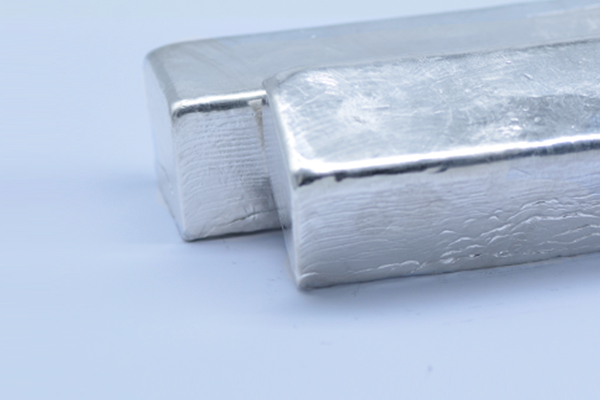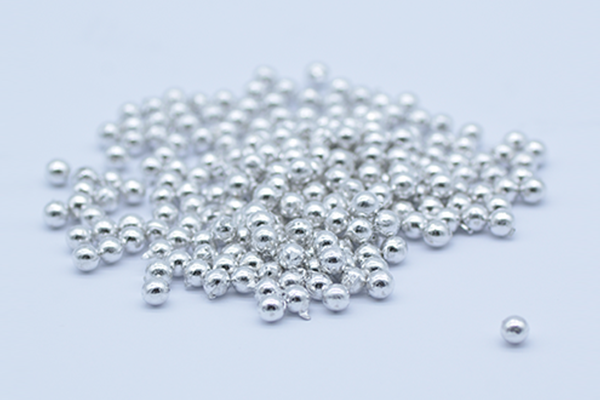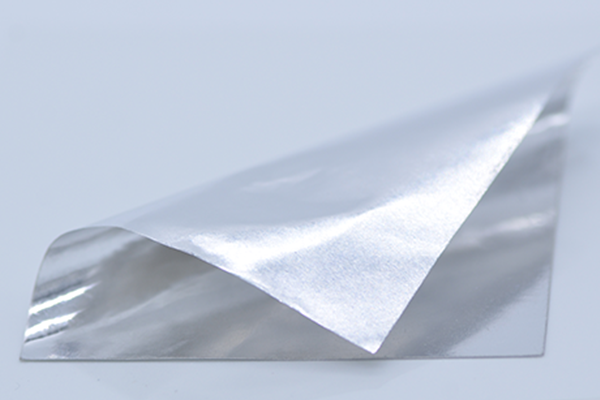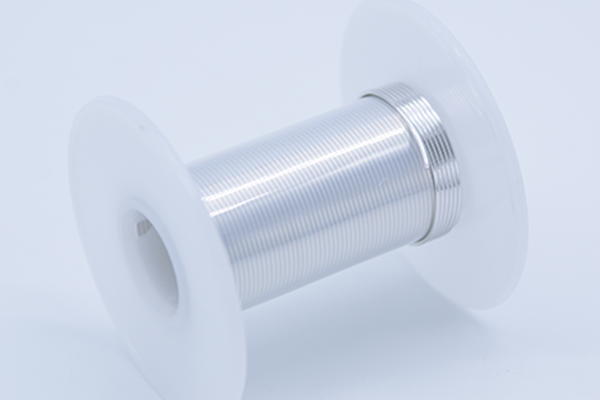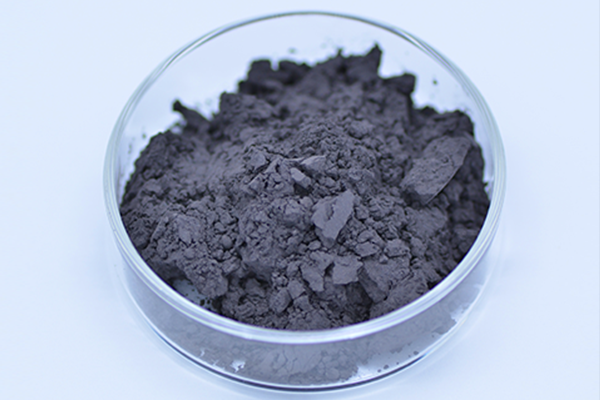 Hot words
Hot words
 +86 731-8972336
+86 731-8972336
 santech @santechchem.com
santech @santechchem.com
Indium product application profile
Apr-07-2020
Certain compounds of Indium, such as oxides, sulfides, and phosphates, are used in the manufacture of yellow and orange-yellow glass, as well as specialty optical glass. Indium borate glass containing barium or cadmium can absorb moderate-intensity X-rays and absorb higher neutrons than thermal neutrons.
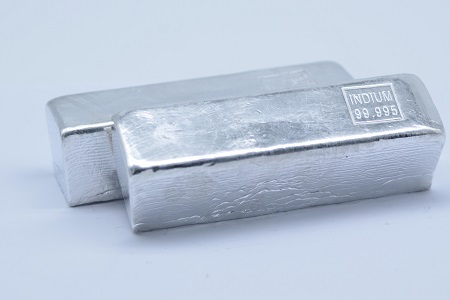 Halides of indium, such as indium iodide, are commonly used as additives in metal halide lamps to enhance the output power of the illumination and improve the quality of the spectrum.
Halides of indium, such as indium iodide, are commonly used as additives in metal halide lamps to enhance the output power of the illumination and improve the quality of the spectrum.
Indium ingot: trapezoidal, smooth surface, white with metallic luster, mainly used in the manufacture of various alloys, special welding, coating, electronics and production of high purity indium.
Indium trioxide: light yellow, used in fluorescent screens, glass, ceramics, chemical reagents, etc.
Indium hydroxide: used in batteries, glass, ceramic chemicals, etc.
High-purity trimethyl indium: white crystalline crystal, mainly used as a raw material for epitaxial growth of indium-containing compounds and semiconductor photoelectric functional materials in the GAEHI process.
High-purity indium chloride: colorless or white powder, mainly used in phosphor powder, III-V compound semiconductor, low-pressure nano lamp, manganese dry battery mercury-free negative electrode, (zinc) anti-corrosion additive, ITO transparent battery.
Indium is a doping element in germanium transistors, and the largest amount of indium is used in the production of PNP germanium transistors.
The amount of indium used in new applications is also increasing at a rate of 10%-20% per year.
Because of its softer nature, it is also used for pressure cracking in some industries that require metal filling. Such as: vacuum gap filling material at higher temperatures.

